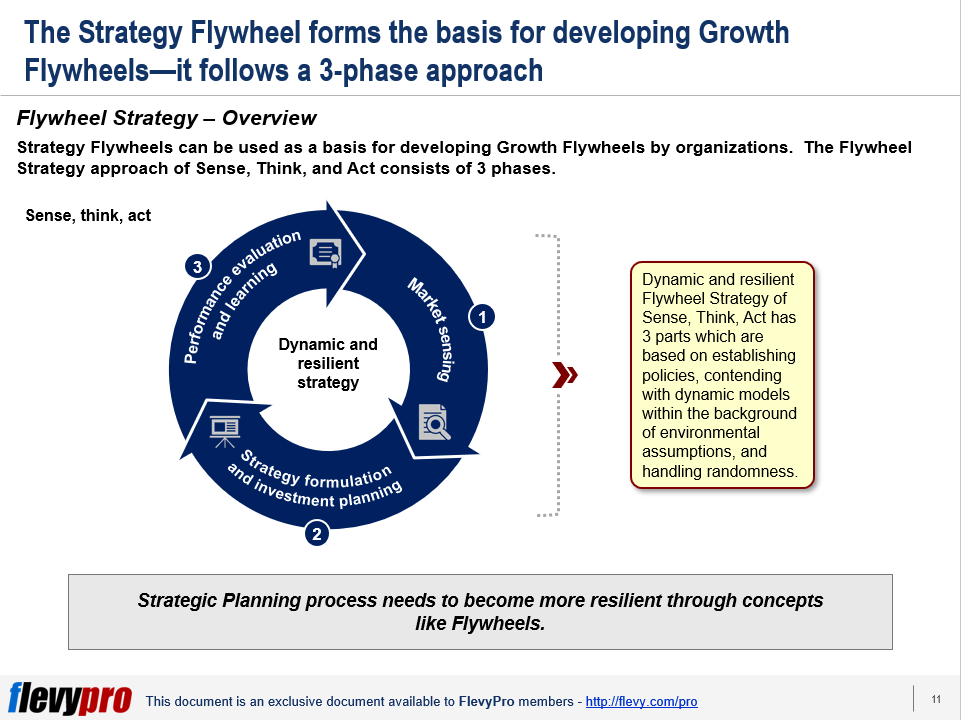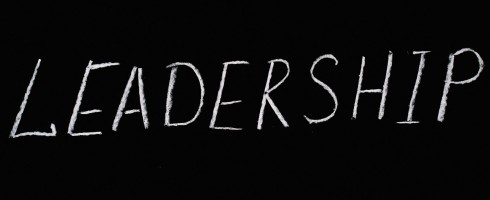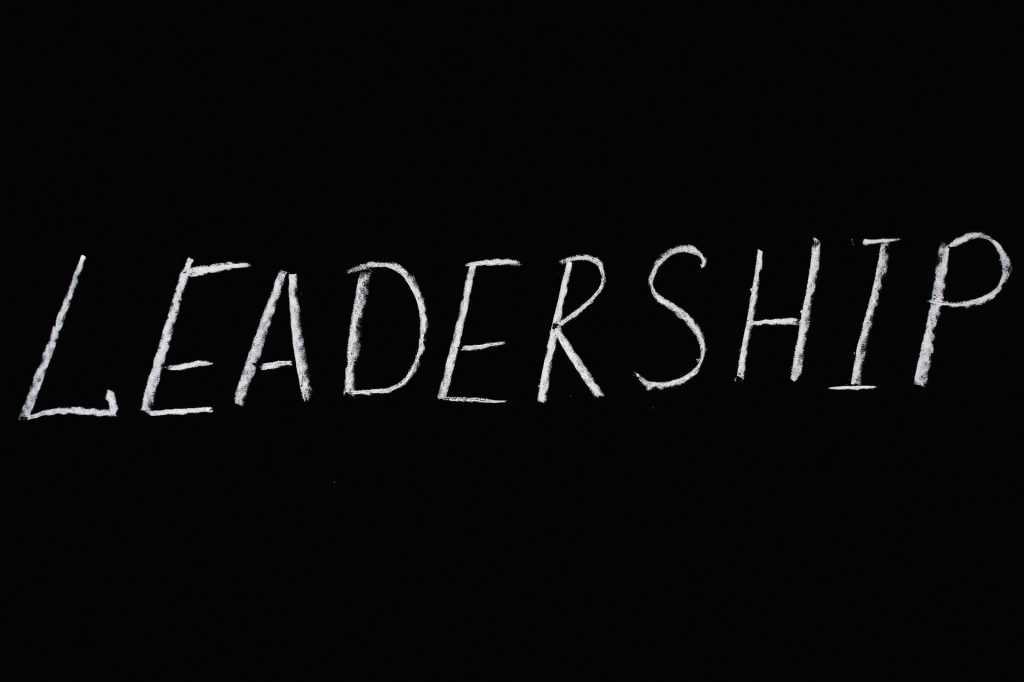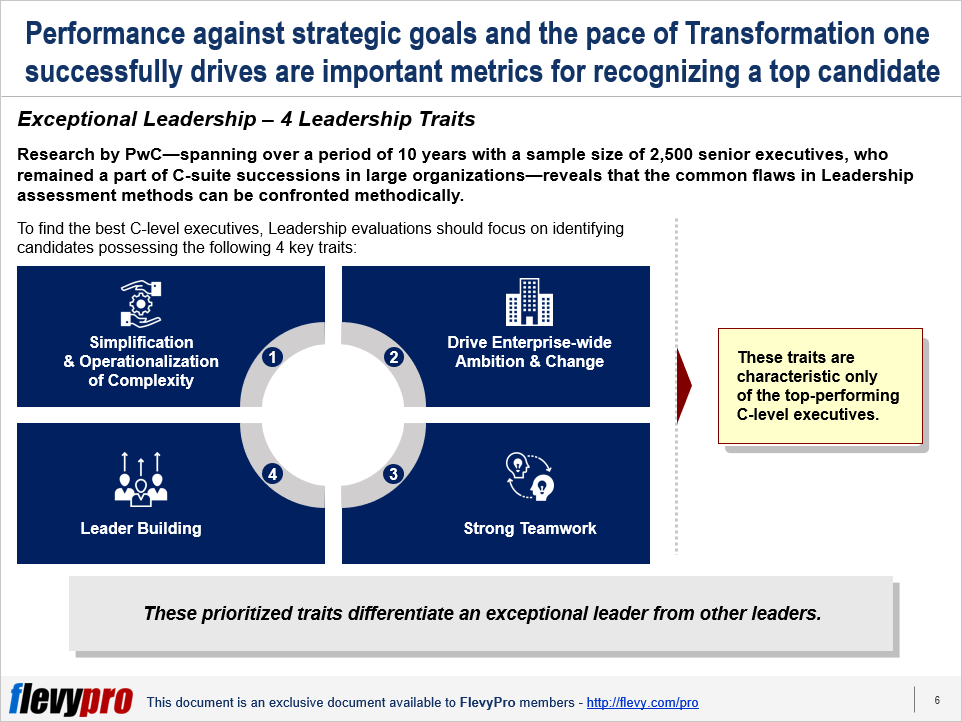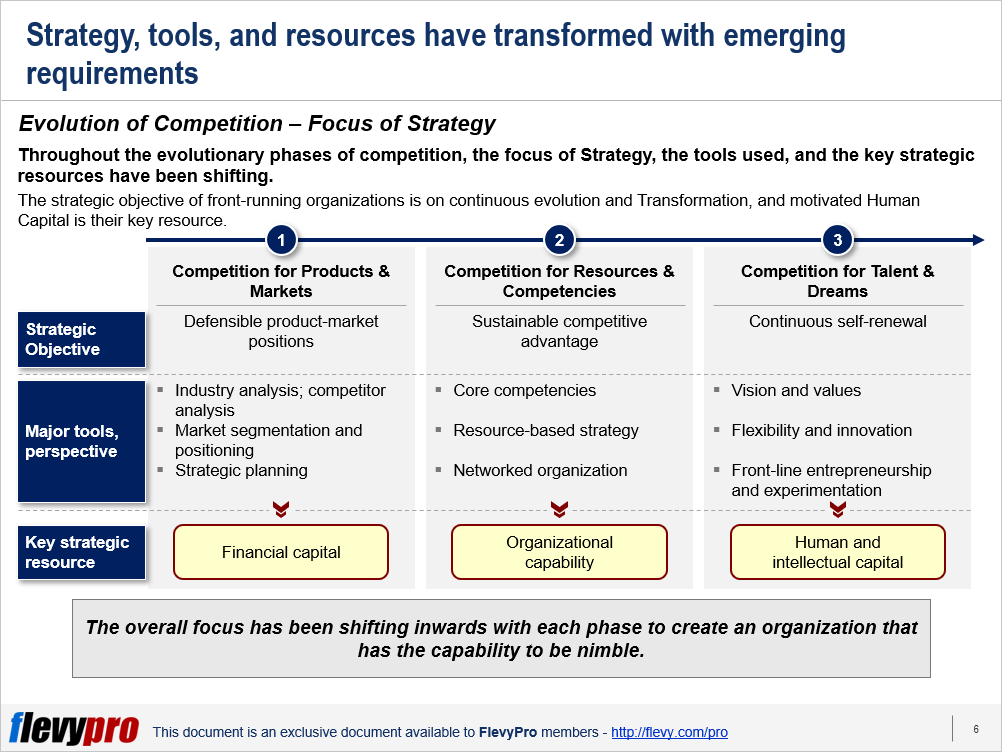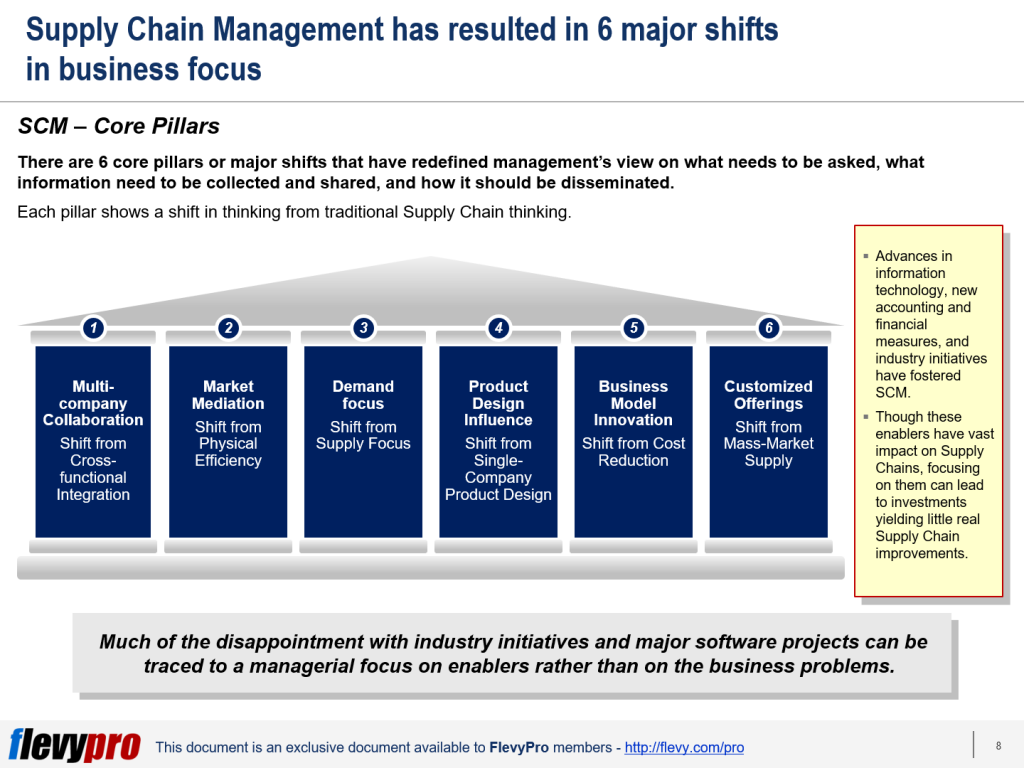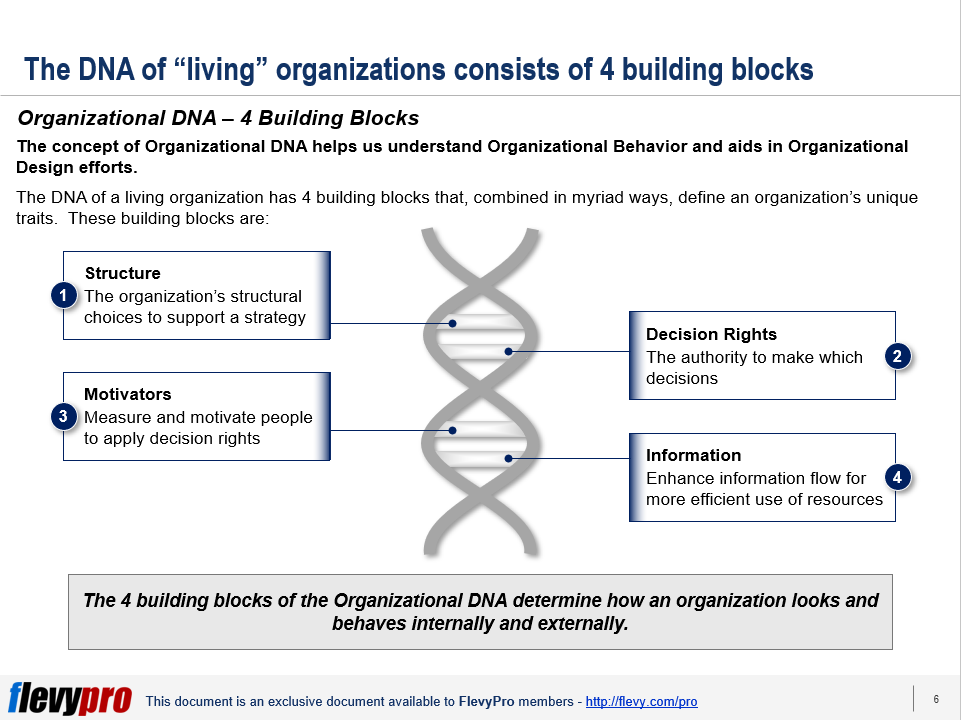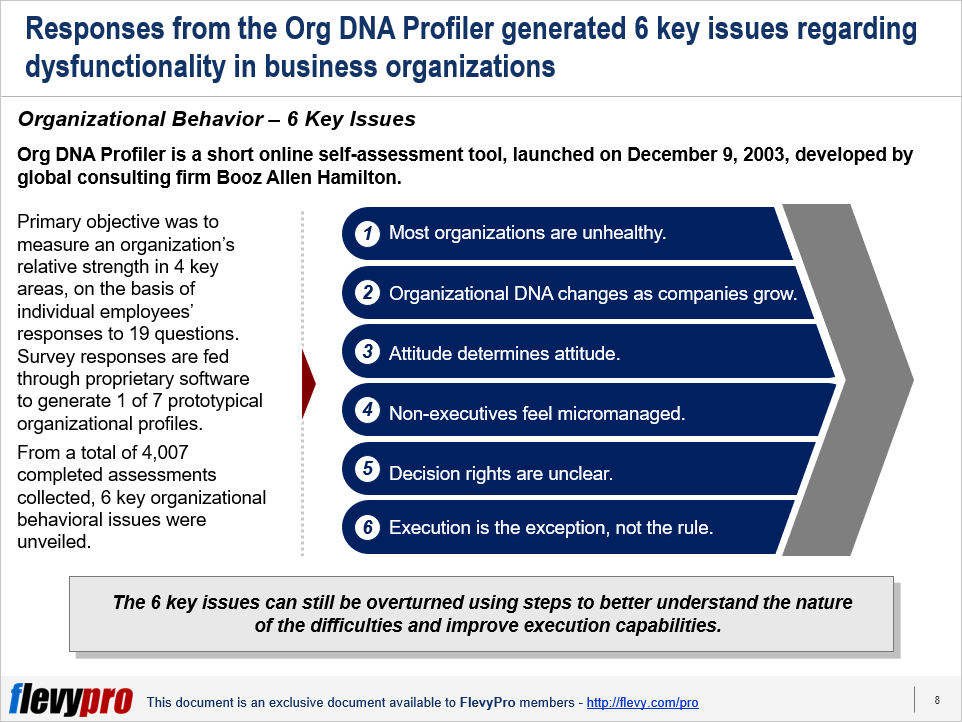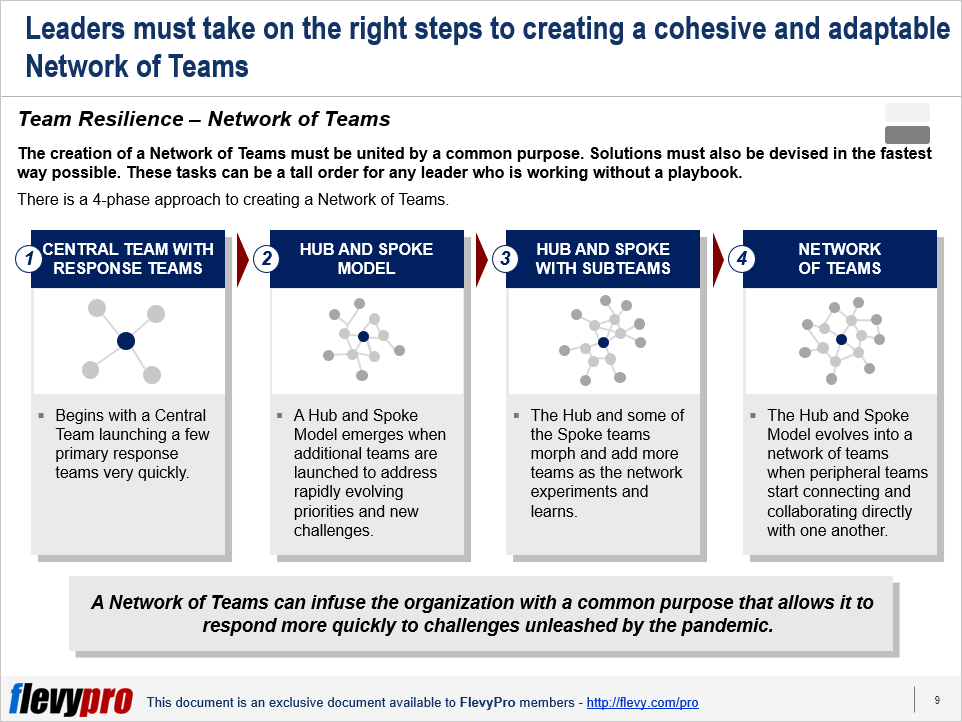3-Phase Flywheel Strategy Approach
10 Oct

Strategy Development has followed a set path since the last century where a predetermined, rectilinear, and inflexible approach defined the process.
In the 21st century, however, business leaders are devising Strategy by evolving it into a probabilistic, repeated, and multifaceted process. An approach that can both endure and adapt to the growing pace of Change and Disruption that is manifesting itself in all industries.
Using gaming, AI, unremitting execution, and adjustment, with numerous scenarios to deliberate on, leaders create “Flywheels” that successfully tackle the not so deterministic world where the future is highly uncertain.
Flywheel is a concept originally used in the power industry to explain an origin of stabilization, energy storage, and momentum. The concept was propagated in the Strategy context by author Jim Collins. Employing the Flywheel concept, executives are able to validate assumptions through simulations as well as in the real-world scenarios.
Rather than using past assumptions and relying on instincts, using the Flywheel Strategy, decision makers exploit the power of Artificial Intelligence (AI) and Advanced Analytics. They model the multitude of variables and produce a sizable number of simulations that propose many strategic bets, option-value bets, and no regret moves.
Instead of numbing decision-makers with a profusion of options they created, the simulations render elucidative insights. Also, the AI system is made more capable through learning mechanisms called Reinforcement Learning by selecting from the above strategies.
The collection of strategic choices is increased exponentially and cost of experimentation is diminished by this approach. Decision-makers are also empowered by this tool to make better decisions. Likewise, organizations are able to select accurate market approaches, pricing, advertising, and customer strategies for several cities and communities, over a time span.
Strategy Flywheels can be used as a basis for developing Growth Flywheels by organizations. The Flywheel Strategy approach consists of the following 3 phases:
- Sense: Market Sensing
- Think: Strategy Formulation and Investment Planning
- Act: Performance Evaluation and Learning
The dynamic and resilient Flywheel Strategy of Sense, Think, Act has 3 parts, which are based on establishing policies, contending with dynamic models within the background of environmental assumptions, and handling randomness.
Let us delve a little deeper into the 3 phases.
Sense: Market Sensing
Environmental assumptions are formulated through this procedure of extraneous Market Sensing.
Uncertainties to which probability assignment is difficult are the target of Market Sensing activity. Most urgent strategic matters can be detected and senior leaders consistently engaged in devising a response to them by recurrently sensing extraneous market changes.
Improvements in Machine Learning and cutting-edge AI can aid in not only expanding the quantity of information scanned but also enhancing the quality of content evaluated.
Think: Strategy Formulation and Investment Planning
Conventional strategic thinking can be aided in the new way of strategizing by the 3-phase process for Gamification—Design and Build, Simulate, and Evaluate.
A stable strategy consists of a portfolio of investments and projects with diverse risk profiles. Diverse risk profile of performance is a mix of:
- No-regret moves
- Strategic bets
- Option-value bets
Act: Performance Evaluation and Learning
Performance Evaluation and Learning from the efforts has to be carried out so that improvement in proficiency to sense the market and experiment with new ideas occurs.
Interested in learning more about how Amazon and Uber used Flywheels, how the Gamification approach is used in Flywheel Strategy formulation, and what constitutes a diverse risk profile? You can download an editable PowerPoint on Flywheel Strategy here on the Flevy documents marketplace.
Editor’s Note:
If you are interested in becoming an expert on Strategy Development, take a look at Flevy’s Strategy Development Frameworks offering here. This is a curated collection of best practice frameworks based on the thought leadership of leading consulting firms, academics, and recognized subject matter experts. By learning and applying these concepts, you can you stay ahead of the curve. Full details here.
Want to Achieve Excellence in Strategy Development?
Gain the knowledge and develop the expertise to become an expert in Strategy Development. Our frameworks are based on the thought leadership of leading consulting firms, academics, and recognized subject matter experts. Click here for full details.
“Strategy without Tactics is the slowest route to victory. Tactics without Strategy is the noise before defeat.” – Sun Tzu
For effective Strategy Development and Strategic Planning, we must master both Strategy and Tactics. Our frameworks cover all phases of Strategy, from Strategy Design and Formulation to Strategy Deployment and Execution; as well as all levels of Strategy, from Corporate Strategy to Business Strategy to “Tactical” Strategy. Many of these methodologies are authored by global strategy consulting firms and have been successfully implemented at their Fortune 100 client organizations.
These frameworks include Porter’s Five Forces, BCG Growth-Share Matrix, Greiner’s Growth Model, Capabilities-driven Strategy (CDS), Business Model Innovation (BMI), Value Chain Analysis (VCA), Endgame Niche Strategies, Value Patterns, Integrated Strategy Model for Value Creation, Scenario Planning, to name a few.
Learn about our Strategy Development Best Practice Frameworks here.
Do You Find Value in This Framework?
You can download in-depth presentations on this and hundreds of similar business frameworks from the FlevyPro Library. FlevyPro is trusted and utilized by 1000s of management consultants and corporate executives. Here’s what some have to say:
“My FlevyPro subscription provides me with the most popular frameworks and decks in demand in today’s market. They not only augment my existing consulting and coaching offerings and delivery, but also keep me abreast of the latest trends, inspire new products and service offerings for my practice, and educate me in a fraction of the time and money of other solutions. I strongly recommend FlevyPro to any consultant serious about success.”
– Bill Branson, Founder at Strategic Business Architects
“As a niche strategic consulting firm, Flevy and FlevyPro frameworks and documents are an on-going reference to help us structure our findings and recommendations to our clients as well as improve their clarity, strength, and visual power. For us, it is an invaluable resource to increase our impact and value.”
– David Coloma, Consulting Area Manager at Cynertia Consulting
“FlevyPro has been a brilliant resource for me, as an independent growth consultant, to access a vast knowledge bank of presentations to support my work with clients. In terms of RoI, the value I received from the very first presentation I downloaded paid for my subscription many times over! The quality of the decks available allows me to punch way above my weight – it’s like having the resources of a Big 4 consultancy at your fingertips at a microscopic fraction of the overhead.”
– Roderick Cameron, Founding Partner at SGFE Ltd













